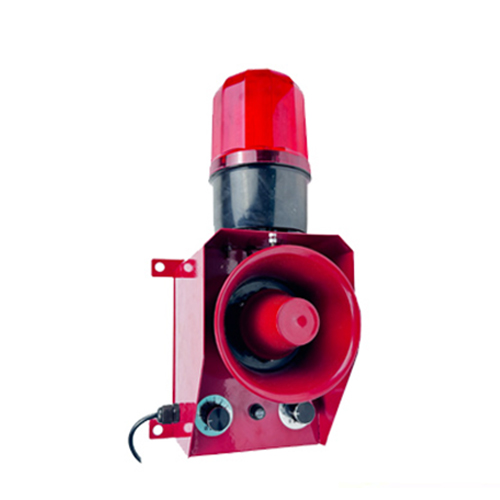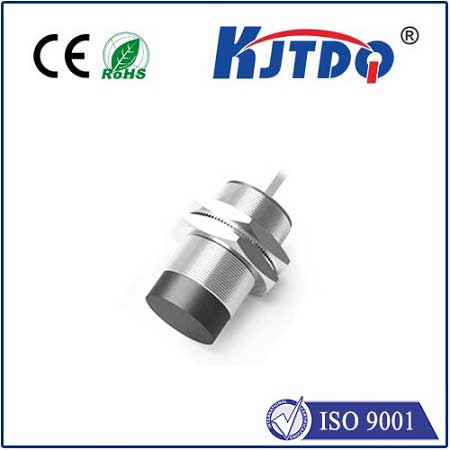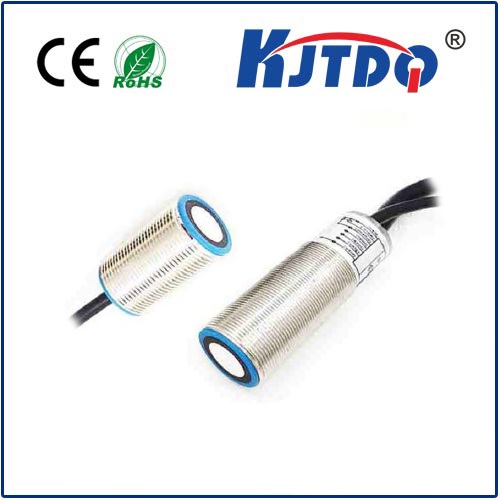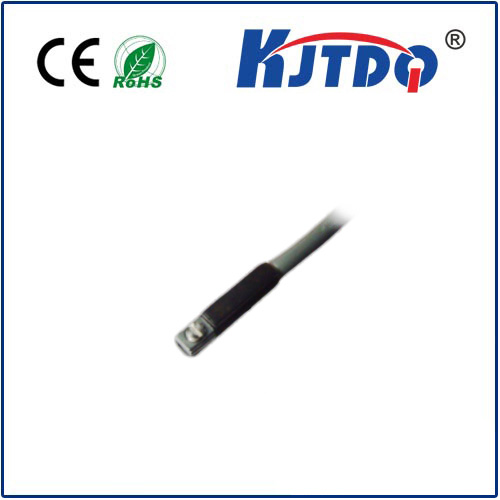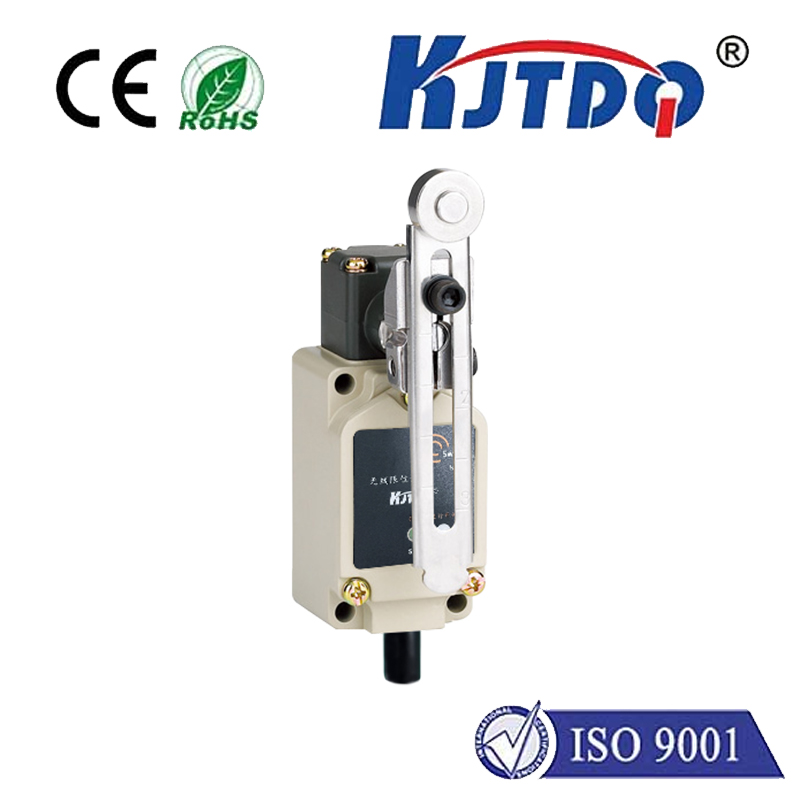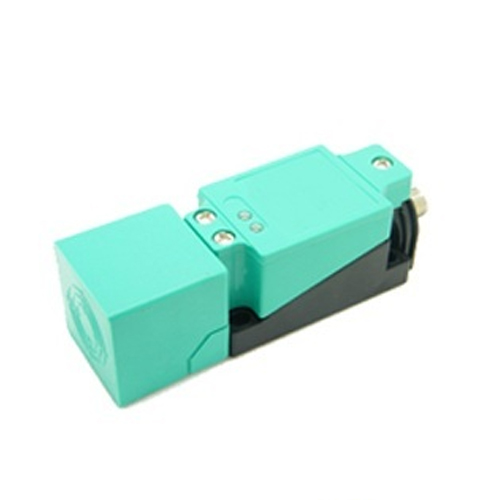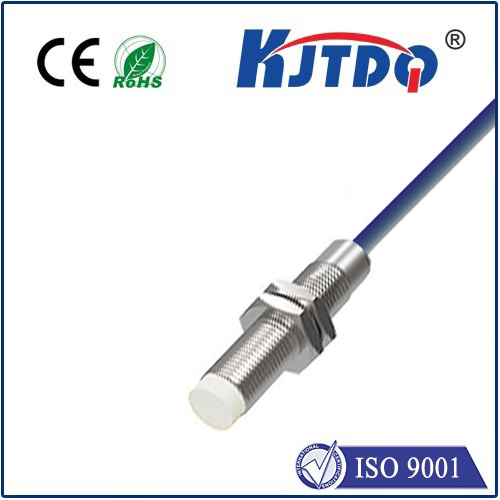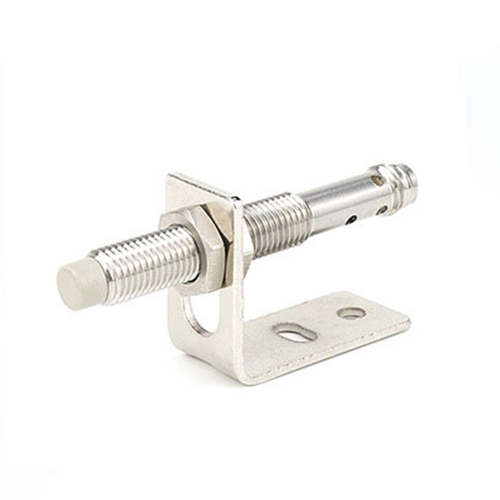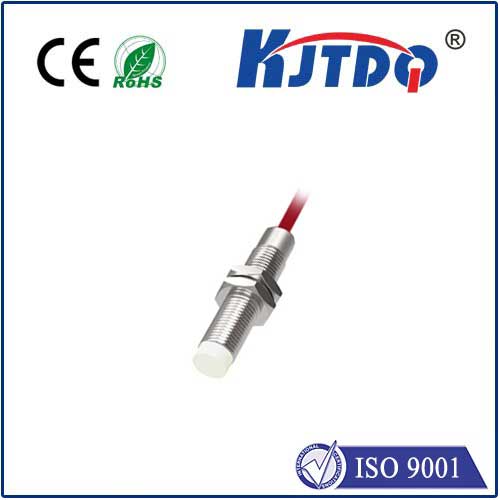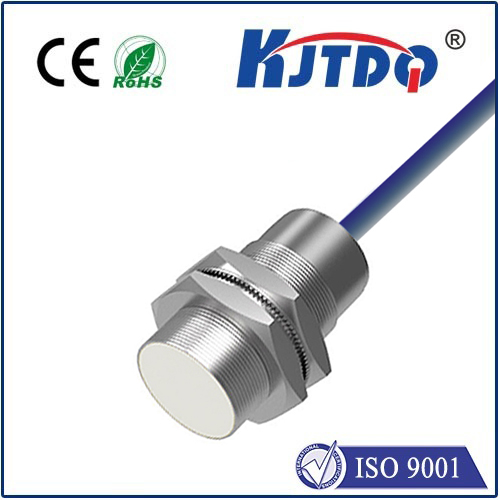

check

check

check

check

check

check

check

check

check

check

Capacitive Prox Switch: The Future of Touchless Technology” In the ever-evolving world of technology, innovation is key. One such innovative product that has been making waves in recent years is the capacitive prox switch. This device, which utilizes the principles of capacitance to detect the presence of an object or person nearby, is quickly becoming a game-changer in the field of touchless technology. In this article, we will explore what a capacitive prox switch is, how it works, and why it is quickly becoming the future of touchless technology. Firstly, let’s define what a capacitive prox switch is. A capacitive prox switch, also known as a proximity switch, is a type of electronic switch that uses the principles of capacitance to detect the presence of an object or person nearby. Capacitance is the ability of a system to store electrical energy in the space between two conductors. When an object or person comes into proximity with the switch, it changes the capacitance of the system, which can be detected by the switch. This change in capacitance is then used to trigger an electrical signal, which can be used to control various devices and systems. So, how does a capacitive prox switch work? At its core, a capacitive prox switch consists of two conductive plates separated by an insulating material. When an object or person comes into proximity with the switch, it distorts the electromagnetic field between the two plates, changing the capacitance of the system. This change in capacitance is detected by a microcontroller, which then processes the information and triggers an electrical signal if the change is above a certain threshold. One of the key advantages of using a capacitive prox switch is its ability to provide touchless operation. Unlike traditional mechanical switches, which require physical contact to operate, capacitive prox switches can detect the presence of an object or person without any physical contact whatsoever. This makes them ideal for use in environments where hygiene and safety are paramount, such as hospitals, laboratories, and food processing facilities. Additionally, touchless operation also reduces wear and tear on the switch itself, resulting in longer lifespan and lower maintenance costs. Another advantage of capacitive prox switches is their ability to detect a wide range of objects and materials. Unlike some other types of proximity sensors, which may only be able to detect metal objects or specific types of materials, capacitive prox switches can detect virtually any object or person, regardless of their composition. This makes them highly versatile and suitable for use in a wide range of applications. In conclusion, the capacitive prox switch is a game-changing innovation in the world of touchless technology. Its ability to provide touchless operation, combined with its versatility and durability, make it an ideal solution for a wide range of applications. As technology continues to advance at breakneck speed, it is safe to say that capacitive prox switches will play an increasingly important role in shaping the future of our world
